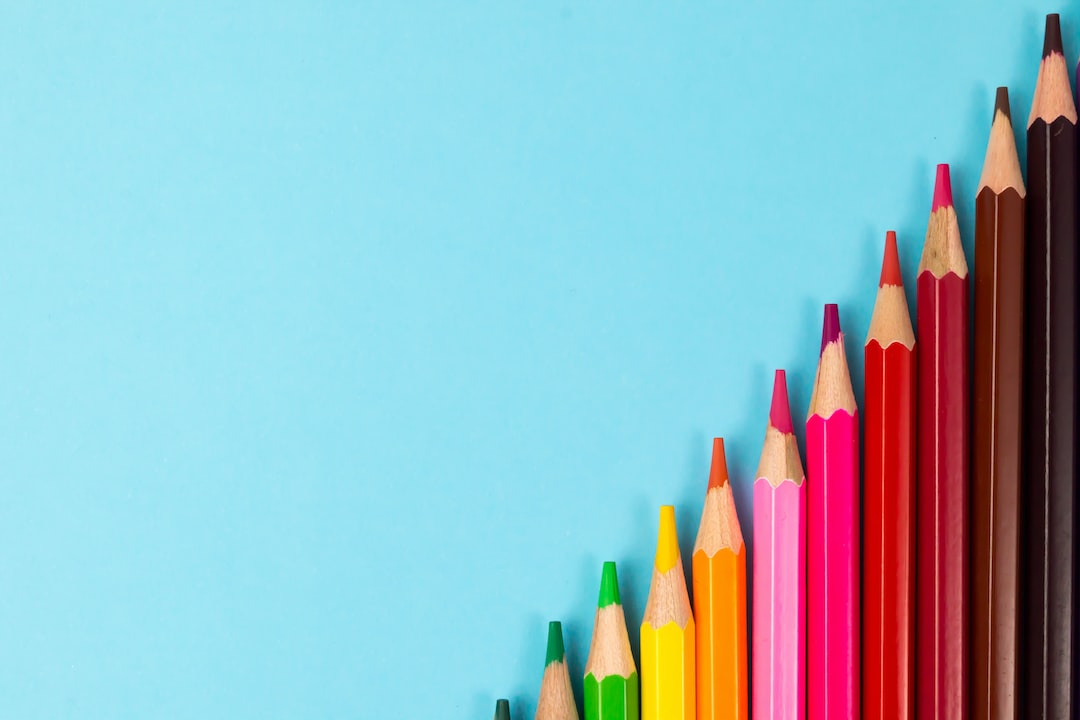
The Role of Physical Education in Child Development
Share0The Role of Physical Education in Child Development
In today’s fast-paced world, where technology seems to dominate every aspect of our lives, it is crucial to recognize the importance of physical education in child development. With children spending more time indoors glued to screens, the need for physical activity and its impact on their overall growth and well-being cannot be stressed enough. Physical education not only ensures the physical fitness of children but also plays a significant role in their cognitive, emotional, and social development.
One of the primary benefits of physical education is the promotion of a healthy lifestyle. Regular physical activity in early childhood not only helps children maintain a healthy weight but also reduces the risk of developing chronic diseases later in life, such as heart disease and diabetes. Childhood obesity has become a prevalent issue in recent years, and physical education classes can play a critical role in combating this epidemic. By encouraging children to engage in various physical activities, such as running, jumping, and playing sports, physical education helps instill healthy habits that can last a lifetime.
Furthermore, physical education positively influences children’s cognitive abilities. Numerous studies have shown a strong correlation between physical activity and academic performance. Regular exercise improves cognition, attention, and memory, thus helping children excel academically. Physical activity increases blood flow to the brain, allowing it to receive oxygen and essential nutrients, resulting in improved brain function and performance. Additionally, physical education often utilizes teamwork, problem-solving, and critical thinking skills, all of which directly benefit a child’s cognitive development.
Emotional and social development is another crucial aspect of child development that physical education contributes to. Physical activities not only help children release energy, stress, and frustration, but they also aid in the development of emotional regulation. Exercise stimulates the release of endorphins, often referred to as the “happy hormones,” which are known to enhance positive feelings and reduce stress and anxiety. Regular physical education classes can contribute to a child’s emotional well-being, promoting a positive self-image and improving their overall mental health.
Moreover, physical education provides an opportunity for children to interact and socialize with their peers. Through team sports and cooperative games, children learn important social skills, such as communication, cooperation, and respect for others. Physical education classes also foster the development of leadership qualities, as children are often encouraged to take on leadership roles within their teams. These experiences help children form friendships, learn how to work together as a team, and develop crucial social skills that are essential for success later in life.
Physical education can also teach children valuable life lessons and values. By participating in sports and physical activities, children learn the importance of discipline, perseverance, and hard work. They understand that achieving success in any endeavor requires effort and dedication. Physical education classes often emphasize fair play, sportsmanship, and teamwork, teaching children the importance of respecting rules and others. These values and life lessons not only apply to physical fitness but also have a profound impact on a child’s character and their ability to succeed in various aspects of life.
In conclusion, the role of physical education in child development cannot be underestimated. Physical education classes not only contribute to a child’s physical fitness but also have a significant impact on their cognitive, emotional, and social development. By promoting a healthy lifestyle, improving academic performance, developing emotional regulation, enhancing social skills, and instilling core values, physical education sets the foundation for a child’s holistic growth and well-being. It is imperative that we prioritize and invest in physical education as an essential component of a child’s education, ensuring they have the necessary tools to thrive in an increasingly sedentary and technology-driven world.
